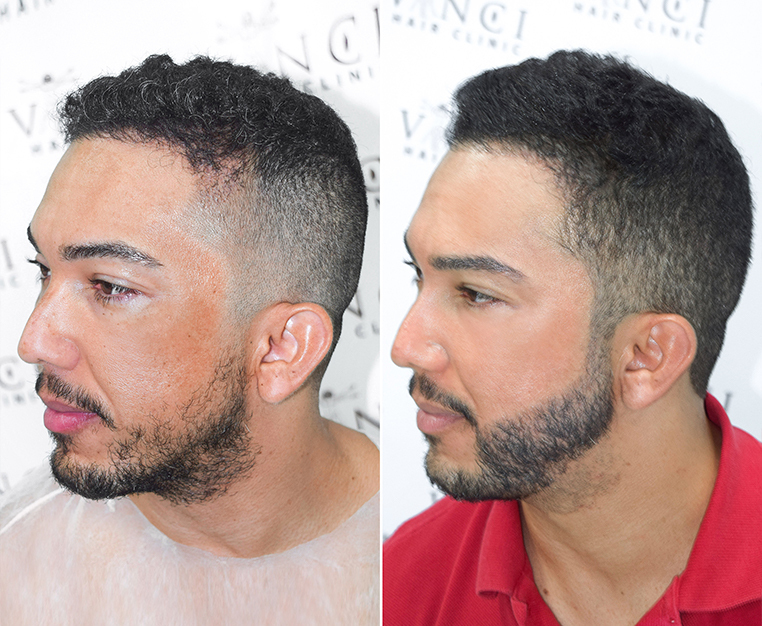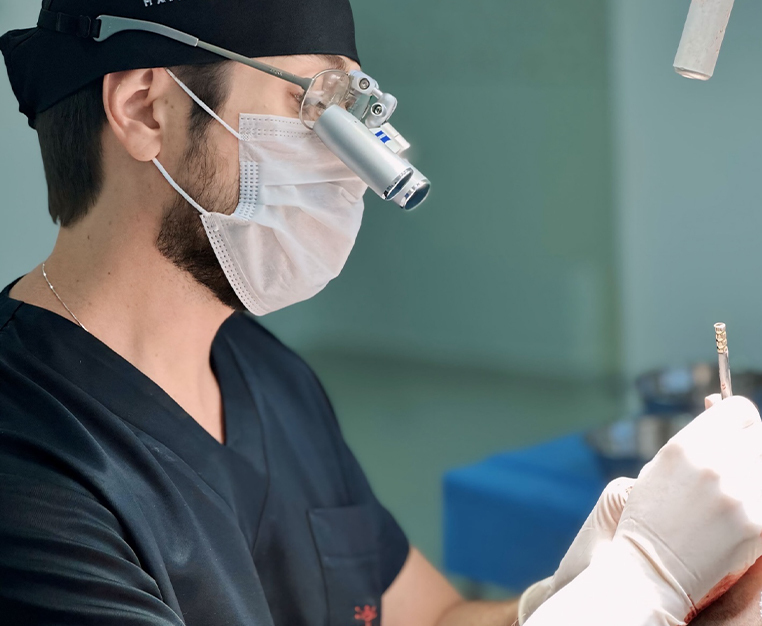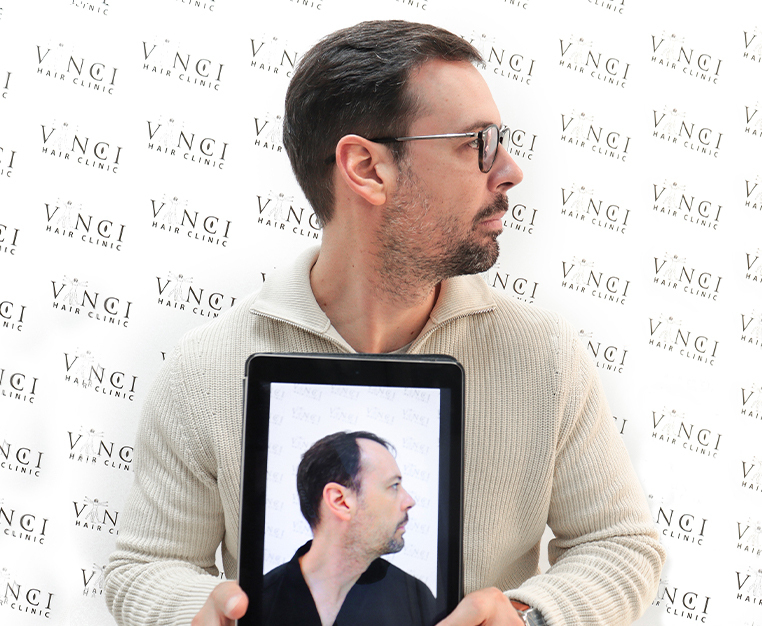The science and technology behind hair restoration treatments have changed greatly since the pioneering days of decades past. As a result, modern hair transplant surgery can produce impressive outcomes as standard these days. The old punch tool has been replaced by microneedles, meaning that scarring is no longer a big issue. The arrival of the Follicular Unit Extraction (FUE) hair transplant technique has allowed modern surgery to produce thick, natural hair rather than the slightly odd configuration of strands typical of days gone by.
These developments don’t mean that hair restoration has reached the end of the line in terms of progress. Science never sleeps, as they say, and recently published research may have some interesting implications for the future of the hair restoration industry. Keep reading to find out more!
UCR Research
A recent study on cell regulation from the University of California, Riverside (UCR) lit up the media in July this year. Published in the Biophysical Journal, it laid out how its findings may change the whole approach to hair restoration, not to mention how the medical world goes about healing wounds. At the centre of the study was the discovery that a single chemical called TGF-beta controls the division and death of hair follicles.
The UCR team focused its work on hair follicles because they regenerate regularly and automatically. The normal hair growth cycle sees us shedding up to one hundred hairs daily and growing new ones to replace them. That kind of cell turnover isn’t seen in any other organ of the body.
The scientists found that TGF-beta played a role in both stimulating new growth and, at the other end of the process, killing off the cell. Significantly, however, TGF-beta’s role as cell executor isn’t the end of the story. As one of the co-authors of the study, Dr Qixuan Wang, explained: ‘’Even when a hair follicle kills itself, it never kills its stem cell reservoir. When the surviving cells receive the signal to regenerate, they divide, make a new cell and develop into a new follicle.’
For the scientists at UCR, these findings shine a light on the behaviour of stem cells. It brings closer the day when these building-block cells can be harnessed to produce faster cell regrowth, something that is vital to the healing of wounds. That, indeed, would have major implications for medical practice. Dr Wang and co-author Dr Katherine Dinh are also convinced that their findings will have a profound impact on hair restoration practice.
Implications for Hair Restoration
The possible implications for hair restoration arise from how TGF-beta functions. The decisive factor in whether it acts to kill off hair follicle cells or produce new ones appears to be found in the quantity of the chemical. A certain amount of TGF-beta will activate cell division, while more than that will cause cell death. In theory, therefore, if science could control these quantities and understand more fully how TGF-beta activates cells, it might be possible to ‘cure’ baldness.
In particular, it might be useful in tackling forms of alopecia. Some types of alopecia are autoimmune disorders brought on when hair follicle cells are attacked by the body’s own immune system. Better knowledge and control over how TGF-beta works might allow these cells to be regenerated faster. It might remove the need for any kind of surgical intervention in hair restoration and make hair loss ripe for a more medication-based approach.
Caution
It’s much too early to speculate on the future of the hair restoration business, however. For a start, the study was carried out using data gathered from research on mouse hair. Similar findings would need to be achieved by studying cell regulation in human hair. Results would also have to be observed in human patients before anyone got too excited.
Another important factor to keep in mind is that the study focuses on the role of TGF-beta in the normal hair growth cycle rather than in genetically determined hair loss that occurs in pattern baldness. Would the same kind of results be achieved? The jury is still out on that one.
Conclusion
There is still a lot more research and development to be done before the media’s much-hyped ‘cure for baldness’ hits the streets. Realistically, any processes or products arising from this study are still decades away. Change might be coming to the hair restoration industry, but for the foreseeable future, it’s business as usual.
If you have concerns about hair loss or thinning, why not speak to a hair expert at Vinci Hair Clinic? We’re one of the world’s leading hair restoration organisations with clinics all around the globe. We offer a free, no-obligation consultation to all our new clients. All you have to do is get in touch and book your appointment!





